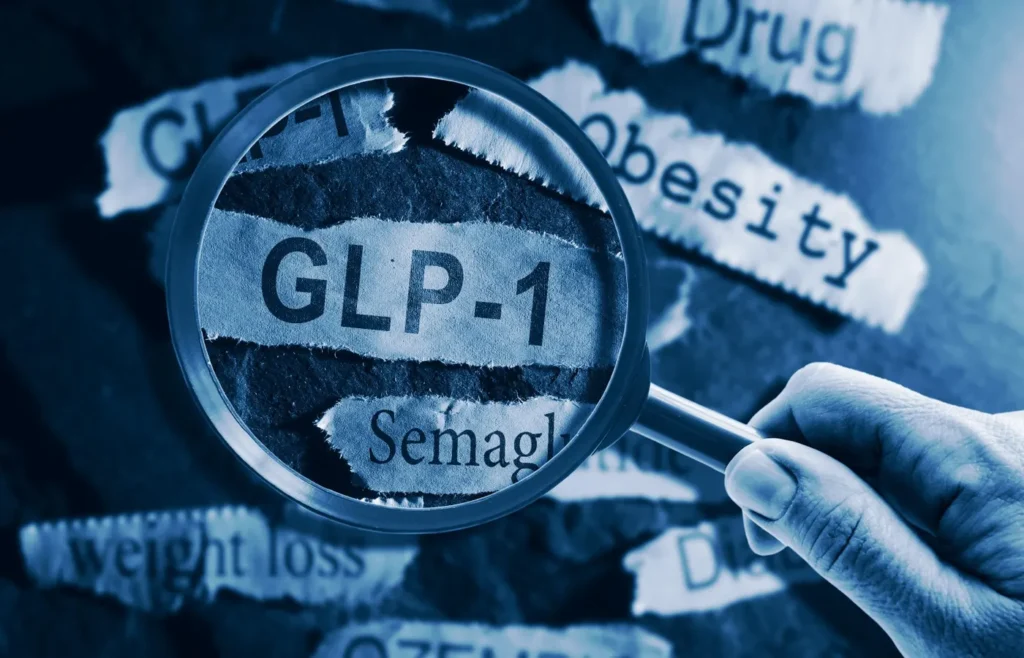GLP-1 Addiction India

The intersection of diabetes medication and addiction recovery may seem unlikely, but recent studies are revealing the exciting potential of GLP-1 receptor agonists in treating substance dependencies. In India, where alcohol and nicotine addiction remain public health crises, research on GLP-1 addiction India is opening new pathways for treatment. Clinics like Prayas rehab, one of the best rehab centres in the country, are closely following global trials and evaluating the potential integration of GLP-1-based therapies into their recovery programs.
What Are GLP-1 Drugs?
GLP-1 (Glucagon-Like Peptide-1) receptor agonists are medications originally developed for the treatment of type 2 diabetes and, more recently, obesity. Drugs like semaglutide (Ozempic, Wegovy) and liraglutide (Saxenda, Victoza) are part of this class. They work by mimicking the natural GLP-1 hormone, which helps regulate blood sugar, appetite, and satiety.
What’s unexpected is that GLP-1 receptors are also found in brain regions involved in reward processing. This has led to studies exploring whether these medications can reduce cravings for substances like alcohol, nicotine, and even opioids. The interest in GLP-1 addiction India has increased as researchers and clinicians look for safer, non-addictive alternatives to traditional anti-craving medications.
Addiction Challenges in India: A Brief Overview
India ranks among the highest globally for tobacco consumption, with over 28% of the adult population using tobacco in some form. Alcohol use, while lower on paper, is a rising concern—especially among young adults. Traditional treatment includes behavioral therapy, detoxification, and pharmacological interventions such as naltrexone or varenicline.
However, relapse rates remain high. According to the National Drug Dependence Treatment Centre (NDDTC), only 25-35% of patients remain abstinent one year after treatment. This is where the exploration of GLP-1 addiction India comes into focus.

How GLP-1 May Help With Alcohol and Nicotine Addiction
GLP-1 receptor agonists have shown promise in reducing the brain’s reward response to addictive substances. When alcohol or nicotine is consumed, the brain’s dopaminergic reward system gets activated, leading to cravings and dependency. GLP-1 drugs may blunt this response, making the substance less appealing.
-
Decreased alcohol intake in rats and mice given GLP-1 agonists
-
Reduced nicotine-seeking behavior
-
Lower reward response in the nucleus accumbens
While still early in research, these findings are sparking a growing interest in GLP-1 addiction India trials.
Current Research and Pilots in India
At present, most GLP-1 research in India remains focused on diabetes and weight loss. However, academic centers like AIIMS Delhi and PGIMER Chandigarh are reportedly exploring neuropsychiatric applications, including substance abuse. Informal pilots are being observed in some private settings, especially among dual-diagnosis patients dealing with obesity and alcohol/nicotine addiction.
While formal published trials specific to GLP-1 addiction India are limited, practitioners are looking to global studies and adapting insights for Indian patients. Integrating GLP-1 with behavioral therapy and detox programs in rehab centers like Prayas rehab could offer a promising multidimensional approach.
Benefits of GLP-1-Based Addiction Treatment
If approved for broader use in addiction recovery, GLP-1 drugs may offer several advantages:
-
Non-addictive and non-sedating: Unlike benzodiazepines or opioids, there’s no risk of psychological dependence.
-
Dual benefit: Helps address metabolic syndromes, which are common in long-term substance users.
-
Convenient dosing: Weekly or daily injectables with minimal side effects.
-
Possibly fewer relapses: By dampening cravings and reducing pleasure associated with substance use.
These potential benefits make GLP-1 addiction India an exciting frontier, especially for patients resistant to or unable to tolerate traditional medications.
Challenges and Ethical Considerations
The application of GLP-1 drugs in addiction recovery is not without obstacles:
-
Off-label use: Currently, using GLP-1 for addiction is off-label and lacks regulatory approval.
-
Cost and accessibility: These drugs are relatively expensive and may be out of reach for low-income patients unless subsidized.
-
Long-term effects: There is limited data on prolonged use of GLP-1 in non-diabetic, non-obese individuals.
India’s regulatory bodies, including the Drug Controller General of India (DCGI) and the Indian Council of Medical Research (ICMR), will need to evaluate safety and efficacy in Indian populations before recommending large-scale adoption.
For policy updates, you can follow DCGI’s official page.
Role of Best Rehab Centres in GLP-1 Integration
The best rehab centres in India, including Prayas rehab, are uniquely positioned to incorporate GLP-1 therapy into holistic recovery models. Given their infrastructure for medical supervision, therapy, and long-term care, these center can offer controlled pilot programs to test efficacy on small patient groups.
By combining GLP-1 with personalized counseling, yoga, lifestyle changes, and aftercare, these center can maximize outcomes. As GLP-1 addiction India research evolves, rehab centres could act as bridges between pharmaceutical innovation and real-world impact.
Global Influence on India’s Direction
India’s growing interest in GLP-1 addiction treatment mirrors a global trend. With the FDA in the U.S. beginning to examine potential label expansions for GLP-1 drugs, it’s likely that international progress will analyze faster adoption in India. For now, India must rely on collaborative research, adaptable policies, and institutions like Prayas rehab that are ready to implement science-backed solutions.
Conclusion
While we are still in the early days of understanding the full potential of GLP-1 drugs in treating substance abuse, the future looks promising. The growing research around GLP-1 addiction in India suggests that these drugs could soon play a vital role in comprehensive addiction recovery. With forward-thinking organizations like Prayas rehab, one of the best rehab centres in Dehradun, exploring innovative treatment modalities, India is poised to lead in adopting science-based solutions for addiction. By merging medication, mental health care, and community support, we can redefine recovery for the 21st century.